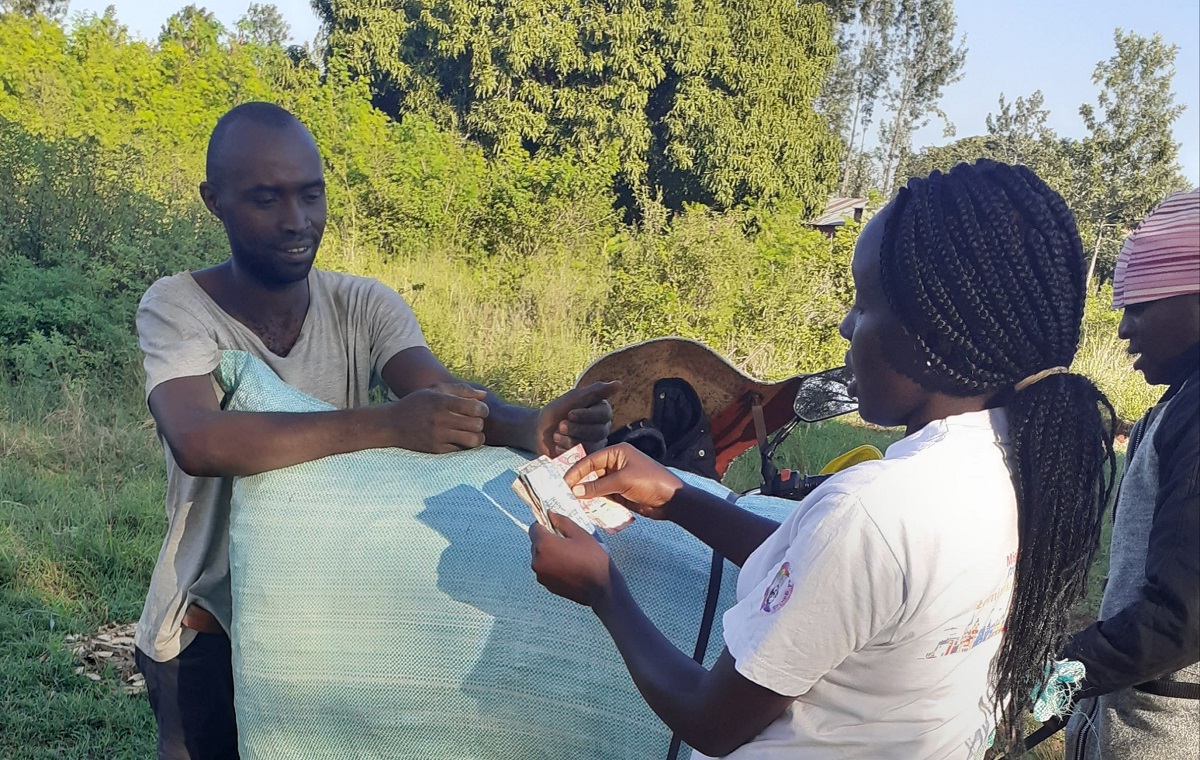
Women’s responsibilities in agricultural production in low-income rural communities are increasing, along with high rates of male migration to urban areas. Yet with recent shifts in data collection tools, women have been sidelined in the provision of agricultural information and statistics, and as a consequence, have not been able to influence or easily access appropriate agricultural services.
Every decade since 1950, the Food and Agriculture Organization (FAO) of the United Nations funds a global agricultural survey whose objective is to provide a snapshot of the state of agriculture in each country. This information has been vital to understand food availability and to create meaningful agricultural statistics. These surveys have historically been large-scale, periodic, statistically representative in-person interviews and paper-based forms, typically with the head of household [1]. The objective of the census has been to provide aggregate totals fundamental to annual agricultural production data and to provide data for small administrative units. Because the census was only conducted once a decade, the focus was on attributes that change only slowly, such as the crops cultivated and use of land. Data on yield and the price of agricultural products typically was not gathered, as these change rapidly through time [2].
Since 2005, however, these surveys have been implemented using new ways of gathering information. Corresponding with fewer resources, countries are moving to online, phone interviews and surveys using mobile devices. Unfortunately, this has resulted in far less information available publicly, with a much greater reliance on technology such as mobile phones and computers. With the COVID pandemic further increasing travel difficulties and diverting resources away from agricultural information, the reliance on mobile devices has continued to increase [1]. This results not only in rural women being less likely to be included in gathering information about agriculture, but far less likely to receive the benefit of improved government and private-sector services that better agricultural statistics can provide.
As this trend is occurring, women increasingly are responsible for agricultural production across low-income rural communities. Although women have always played a key role in agriculture, they are taking on more responsibility as men migrate either seasonally or permanently to urban areas to look for higher-paying wage labor. In Kenya, for example, women now account for over 80% of all farmers [3]. Access to cellular connectivity and mobile devices in rural areas has stagnated, particularly for women. While 83% of women across low- and middle-income countries own a mobile phone, only 58% use mobile internet [4]. This is particularly true for low income, rural and low literacy regions such as farming communities. The GSMA, a global organization focused on the mobile ecosystem, states in their 2021 mobile gender gap report that even when women have the same levels of education, income, literacy, and employment as men, they are still less likely to own a mobile phone or use mobile internet, reducing the probability that survey mechanisms will reach them. Ownership and use of mobile internet is biased toward people living in urban areas compared with the rural population; it is often twice as likely that an urban woman has access to the internet than a rural woman.
As the world’s population becomes increasingly urban, a greater focus on transforming rural agricultural livelihoods is needed for climate change adaptation [5]. Understanding women’s access to information, resources, and opportunities to respond to weather-related stresses will require a data-driven approach. a good start would be to gather gendered information in ways that are accessible and focused to better capture their challenges and improve access to resources for transformation. It will be essential to invest in additional capacity to engage universities and organizations to close the infrastructural divide and to create inclusive platforms to make the digital revolution a reality to all women regardless of where they live and their socio-economic background.
Read the other articles in our IWD 2022 series here
References
[1] Castano J. The increasing use of technology in the census of agriculture. 16th Conf IAOS, FAO, Paris, Fr. 2018.
[2] Grassini P, van Bussel LGJ, Van Wart J, Wolf J, Claessens L, Yang H, et al. How good is good enough? Data requirements for reliable crop yield simulations and yield-gap analysis. F Crop Res [Internet]. 2015;177:49–63. Available from: https://www.sciencedirect.com/science/article/pii/S0378429015000866
[3] Onyalo PO. Women and agriculture in rural Kenya: role in agricultural production. Int J Humanit Soc Sci. 2019;4:1–10.
[4] Women C. The mobile gender gap report 2019. GSMA, London. Retrieved from https://data.gsmaintelligence.com/research
[5] Thornton PK, Loboguerrero AM, Campbell BM, Mercado L, Shackleton S, Kavikumar KS. Rural Livelihoods, food security and rural transformation under climate change. London, England; 2019.

